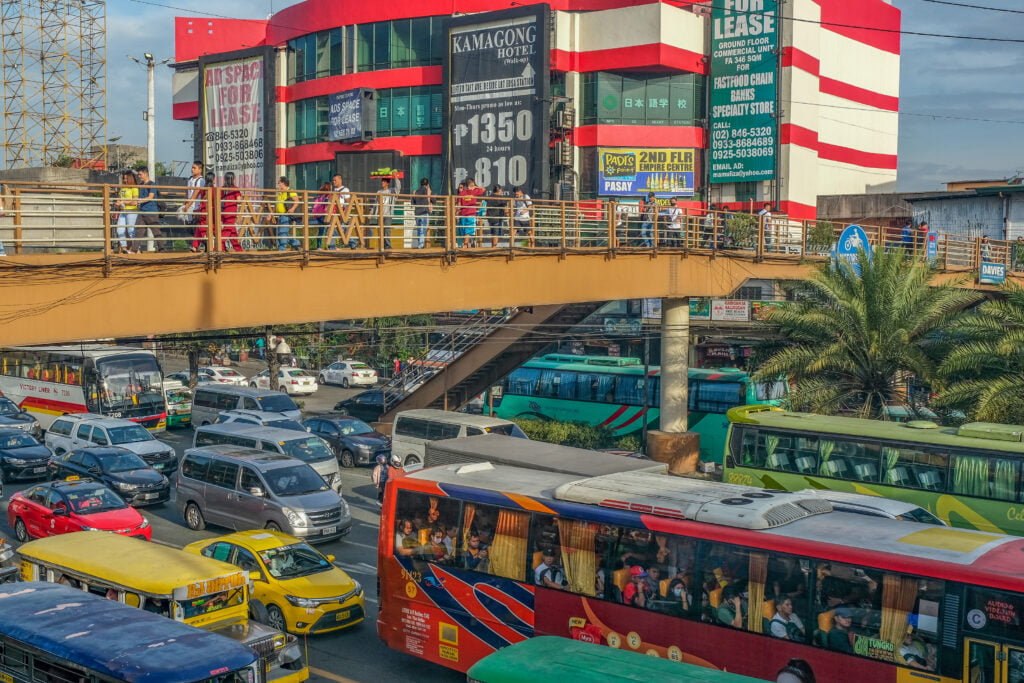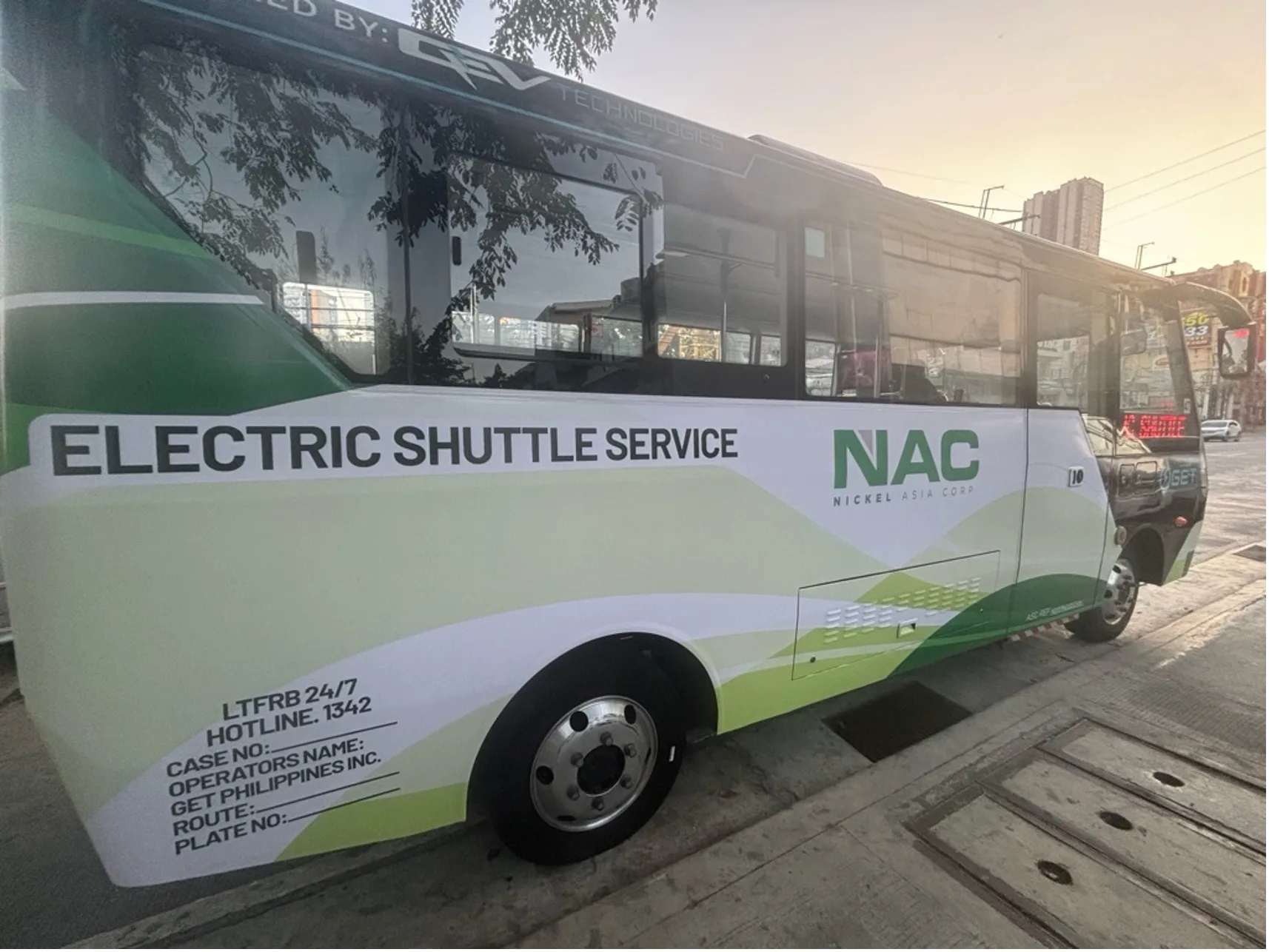Why Pick Transit Advertising Philippines for Your Brand name
Why Pick Transit Advertising Philippines for Your Brand name
Blog Article
How Transportation Marketing Can Change Mass Transit Spaces Into Dynamic Advertising And Marketing Platforms
Transit marketing holds considerable capacity to redefine public transportation areas into lively advertising and marketing systems that notify and involve. As we check out the diverse benefits and evolving strategies of transportation advertising and marketing, it elevates the inquiry of exactly how this improvement might redefine our interactions with both brands and the city setting.
Advantages of Transportation Marketing

In addition, transit advertising is extremely affordable contrasted to conventional media. It permits advertisers to attain high perceptions at reduced costs, taking full advantage of return on investment. The restricted target market of commuters gives a chance for brand names to convey their messages to people who are commonly receptive throughout their traveling times.
Additionally, the vibrant nature of transportation marketing permits projects to be updated often, ensuring that messaging stays timely and pertinent. This adaptability can be crucial in replying to market fads or promotional events, maintaining the brand name top-of-mind for consumers. Finally, the prevalent visibility of transportation advertising adds to brand name recall; repeated exposure within familiar travel contexts enhances brand name awareness and fosters consumer loyalty, eventually driving sales and boosting brand online reputation.
Sorts Of Transportation Marketing
Public transport systems provide various formats for marketing, each dealing with various advertising and marketing approaches and target market involvement methods. One prominent type is exterior bus and train wraps, which cover the entire vehicle and create a mobile billboard effect, permitting high presence in city settings. These wraps can capture attention as they pass through hectic roads, getting to a diverse audience.
One more prominent style is indoor advertising and marketing, which includes posters, electronic displays, and advertisements on transportation seats. These positionings involve travelers during their journey, enhancing brand messaging in a constrained space. Digital displays, in certain, supply the advantage of dynamic web content, allowing advertisers to upgrade messages in real-time.
Station advertising is additionally considerable, featuring posters, banners, and interactive stands within transit terminals. These ads leverage foot web traffic and can target specific demographics based upon location.
Last but not least, marketing partnerships with transportation authorities can lead to one-of-a-kind campaigns, such as themed transit experiences or events, enhancing the total interaction with commuters. Each kind of transportation marketing offers distinctive benefits, allowing brand names to tailor their approach to efficiently reach their target market within the public transportation community.
Engaging Travelers Efficiently
Commuters are significantly swamped with marketing messages during their day-to-day journeys, making it essential for brand names to engage them in cutting-edge methods. To capture focus in this congested room, advertisers should focus on creativity and significance. Making use of eye-catching visuals and concise messaging can substantially enhance the probability of involvement.
Interactive aspects, such as QR codes or increased fact features, can also transform static ads into immersive experiences, promoting a much deeper link with the target market. Brand names should concentrate on attending to travelers' passions and demands, customizing messages to reverberate with their lifestyle, whether through promotions for local businesses or services designed to enhance their commuting experience.
Moreover, timing plays an essential function; tactically putting advertisements during top travelling hours can maximize exposure and impact. Engaging travelers effectively additionally includes leveraging social media sites combination, permitting travelers to share their promos or experiences directly from transit platforms, therefore enhancing brand reach.
Fundamentally, reliable interaction rests on understanding the commuter trip and producing browse around this web-site compelling, interactive, and relevant advertising experiences that not just catch attention but additionally drive action and loyalty. By doing so, brand names can change mass transit into a dynamic advertising platform that resonates with its audience.

Measuring Advertising And Marketing Influence
Just how can brand names properly analyze the performance of their marketing campaign in transportation atmospheres? Measuring the impact of transportation marketing requires a multifaceted strategy that incorporates measurable and qualitative metrics. One prevalent technique is tracking engagement via mobile analytics, where brands can analyze foot web traffic patterns and app communications before, throughout, and after campaigns.
Surveys can provide useful understandings into brand name recall and consumer view, allowing brand names to gauge exactly how well their messages reverberate useful content with commuters. In addition, checking social networks engagement relevant to particular projects can reveal changes in public perception and brand conversation.

In addition, collaborating with transportation firms can enhance dimension precision, as they often possess comprehensive group information on ridership trends. By integrating these methods, brand names can create a comprehensive understanding of their marketing efficiency, making certain that their campaigns not only reach however likewise influence their target market properly.
Future Trends in Transit Marketing
A considerable change is expected en route marketing as technological improvements and altering consumer habits reshape the landscape. Transit Advertising Philippines. The combination of interactive media and electronic display screens is anticipated to enhance involvement, permitting pop over here brand names to provide dynamic web content that reverberates with diverse audiences. As mass transit systems welcome wise technology, marketers will certainly take advantage of real-time data analytics to customize messages based on passenger demographics and actions
Additionally, increased reality (AR) is positioned to reinvent the way travelers engage with advertisements. By providing immersive experiences, AR can change a mundane trip into an engaging story that catches attention and promotes brand commitment. This development will likely encourage advertisers to develop even more experiential campaigns that drive customer communication.
Sustainability is an additional crucial trend affecting transit advertising and marketing. As environmental awareness grows, brand names will progressively look for to align with eco-friendly techniques, utilizing lasting materials and promoting environment-friendly efforts within their projects.
Conclusion
In verdict, transportation advertising uses considerable benefits by enhancing brand presence and engaging a captive audience. As patterns develop, the possibility for cutting-edge communications in between travelers and brand names is poised to grow, making sure that transportation marketing stays a crucial part of modern-day advertising and marketing approaches.
Transportation advertising and marketing holds substantial capacity to redefine public transportation spaces into vibrant advertising systems that involve and notify. The pervasive presence of transit advertising adds to brand name recall; duplicated direct exposure within acquainted traveling contexts enhances brand name recognition and promotes customer commitment, eventually improving and driving sales brand credibility.
How can brands accurately assess the effectiveness of their advertising projects in transportation settings?In verdict, transportation advertising offers substantial benefits by improving brand exposure and engaging a captive target market. Transit Advertising Philippines. As trends advance, the possibility for ingenious interactions in between brands and travelers is poised to expand, guaranteeing that transportation marketing remains a crucial component of contemporary marketing approaches
Report this page